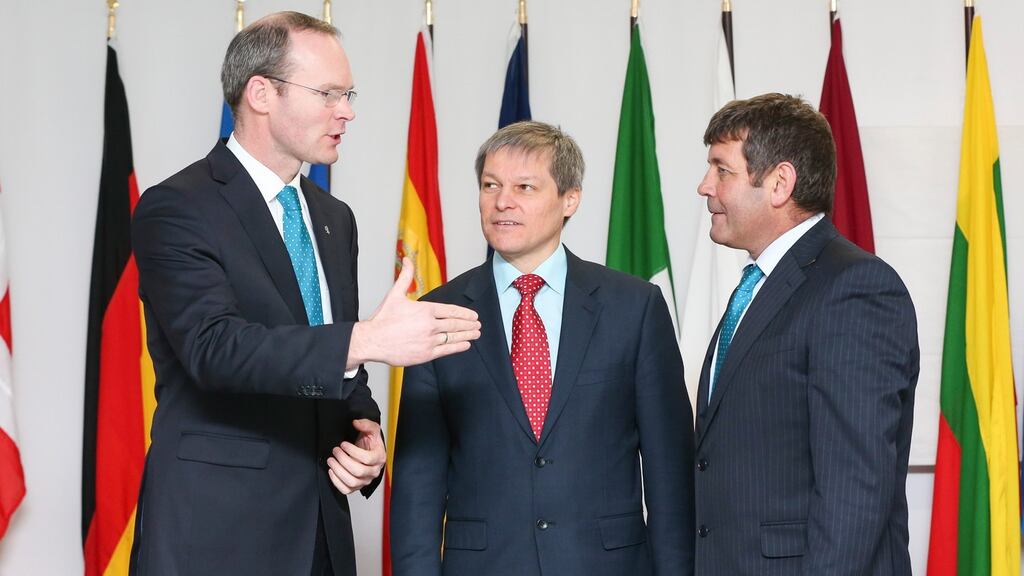What was agreed by agriculture ministers last night?
1 The European Commission wants all member states to move from a system that bases the single farm payment on farmers' production levels in 2000-2002, to a model that pays farmers a flat rate per hectare, regardless of how much they produce. Last night the council of agriculture ministers agreed that member states should have flexibility in making that transition.
2 They also agreed that member states should have the option of picking 2012, 2013 or 2014 as the reference year, so payments will be based on the number of hectares declared in the chosen year.
Farm groups want the Government to pick 2012, so that there will not be a scramble to buy or rent land now, in order to maximise payments.
3 The ministers agreed to the voluntary introduction of a minimum payment per hectare.
They also said member states could grant a top-up on the basic payment for the first hectares of each farm, to take account of the greater labour intensity on smaller farms and the economies of scale of larger farms.
4 Minister for Agriculture Simon Coveney said about 60,000 farmers in Ireland would see increases in their payments and 54,000 farmers would see losses under the agreement reached last night.
5 Under the proposal known as greening, the agriculture ministers agreed that 30 per cent of direct payments should be tied to environmental actions, but gave member states more flexibility in overseeing this. Environmental groups have criticised this move.
6 The ministers also said five per cent of eligible agricultural area of holdings bigger than 15 hectares would have to provide ecological focus areas, similar to wildlife habitats. This could rise to seven per cent in 2018, after the European Commission evaluates progress in 2017.
7 They also agreed to end the sugar beet quota regime in 2017, instead of 2015, as desired by the European Commission, and 2020 as agreed by the European Parliament last week.







